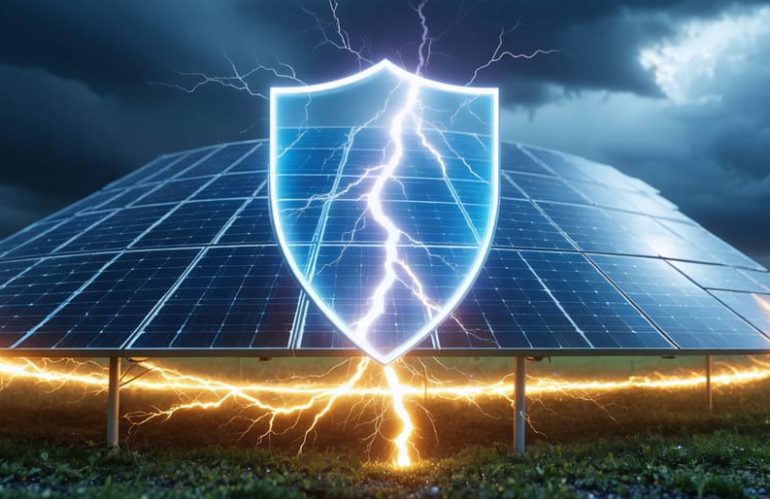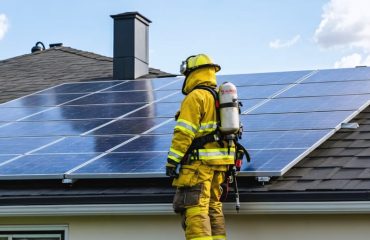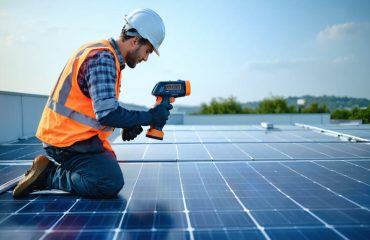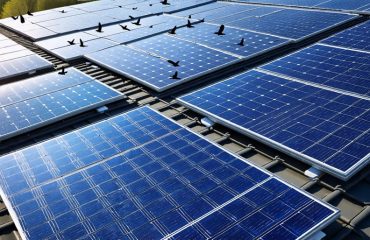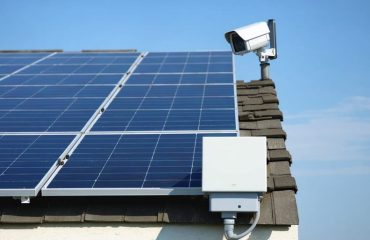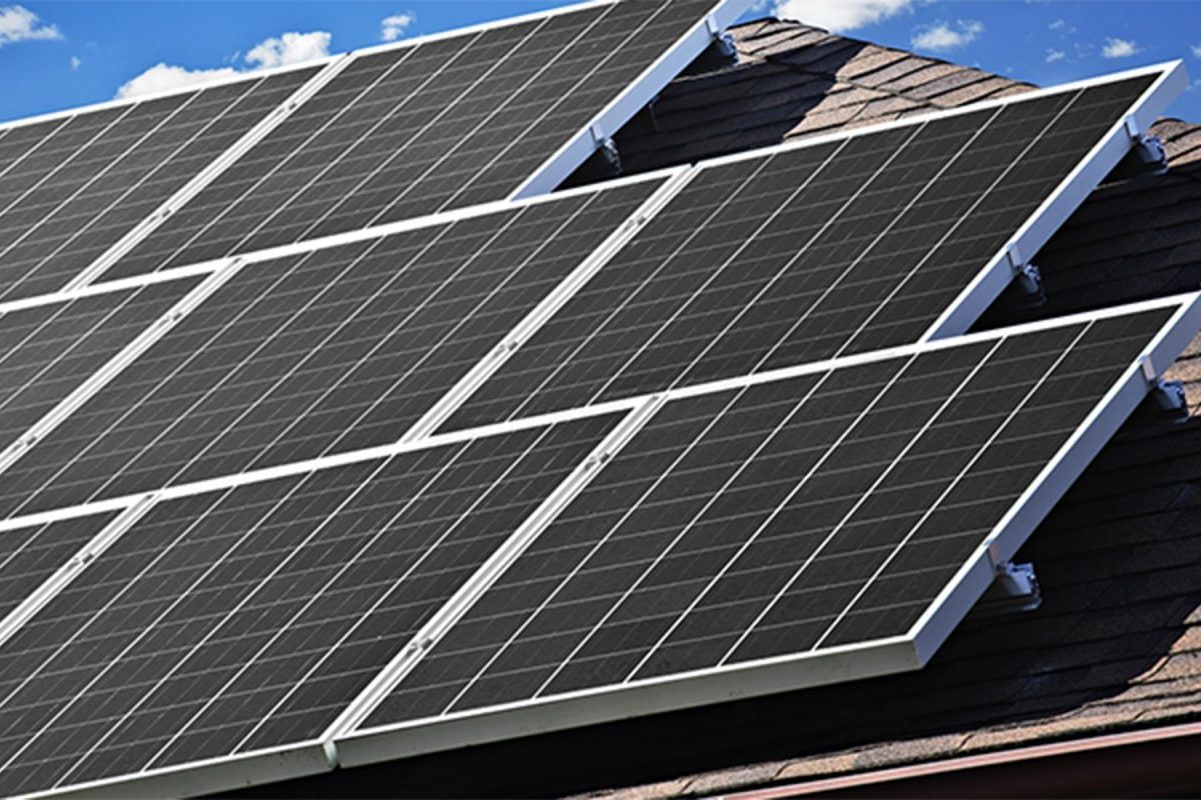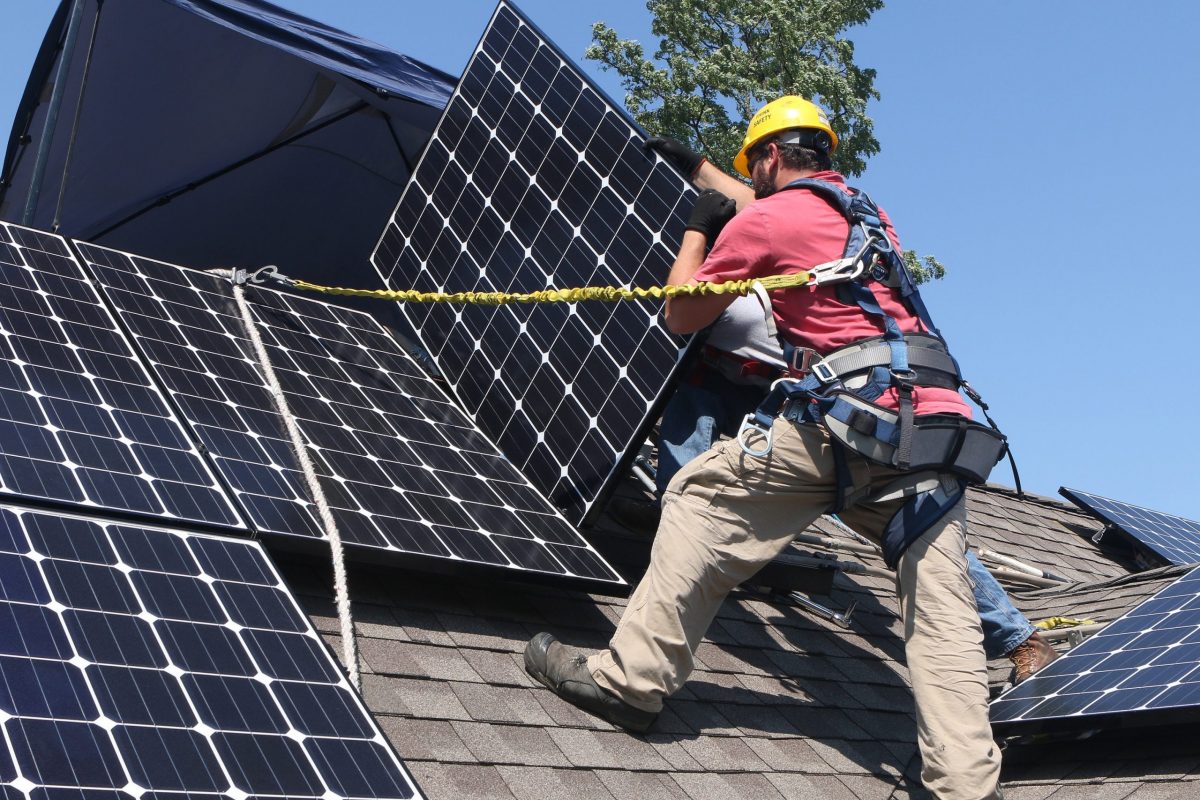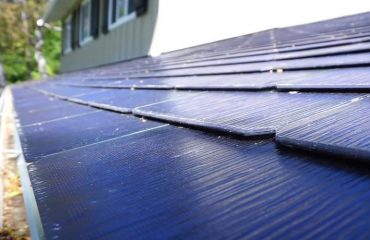Protecting your home’s electrical systems and devices demands a critical look at FPL’s surge protection service. While standard homeowner’s insurance covers some electrical damage, dedicated surge protection offers a vital layer of defense for your expensive electronics and solar equipment. As you seek to protect your solar investment, FPL’s monthly surge protection service presents an affordable option at around $10 per month. This service includes professional installation, ongoing maintenance, and coverage for damaged appliances up to $5,000 per incident. However, the real value depends on your specific circumstances – including your home’s location, the value of your electronic equipment, and existing protection measures. Understanding these factors helps determine whether FPL surge protection complements your home’s electrical safety strategy or if alternative solutions better suit your needs.
Understanding FPL’s Surge Protection Offering
What’s Included in FPL’s Surge Protection
FPL’s surge protection service includes installation of a state-of-the-art whole-house surge protector directly at your electric meter. This device acts as your first line of defense against external power surges, monitoring incoming voltage levels 24/7. The package includes professional installation by certified FPL technicians and ongoing maintenance to ensure optimal performance.
The coverage extends to major household appliances and electronics damaged by power surges entering through electrical lines. FPL provides up to $5,000 in coverage per year for repairs or replacement of damaged equipment, with no deductible required. This protection specifically covers items like refrigerators, washers, dryers, ovens, and air conditioning systems.
Additionally, customers receive automatic monthly testing of their surge protection device, free equipment repairs or replacements if needed, and access to FPL’s dedicated customer service team for surge-related issues. The service can be easily added to your existing FPL bill for convenient monthly payments.
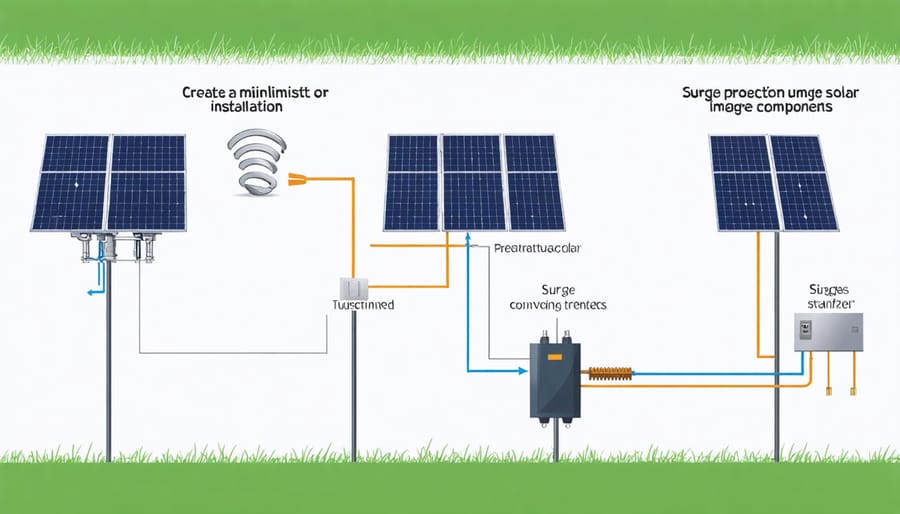
Cost and Installation Process
FPL’s surge protection service costs just $9.95 per month, added directly to your regular electric bill for convenient billing. The installation process is straightforward and handled entirely by FPL’s certified technicians at no additional charge. Once you sign up, FPL typically schedules the installation within 10 business days.
The installation takes approximately 30-45 minutes and includes mounting the surge protector at your electrical meter. During installation, there’s a brief power interruption lasting about 5-10 minutes. The technician will test the device to ensure proper functionality and provide you with confirmation of successful installation.
There’s no long-term contract requirement, and you can cancel the service at any time. However, if you discontinue the service, FPL will remove the surge protection device from your home. The monthly fee includes maintenance and replacement of the device if it’s damaged while protecting your home from power surges.
Why Solar Systems Need Surge Protection
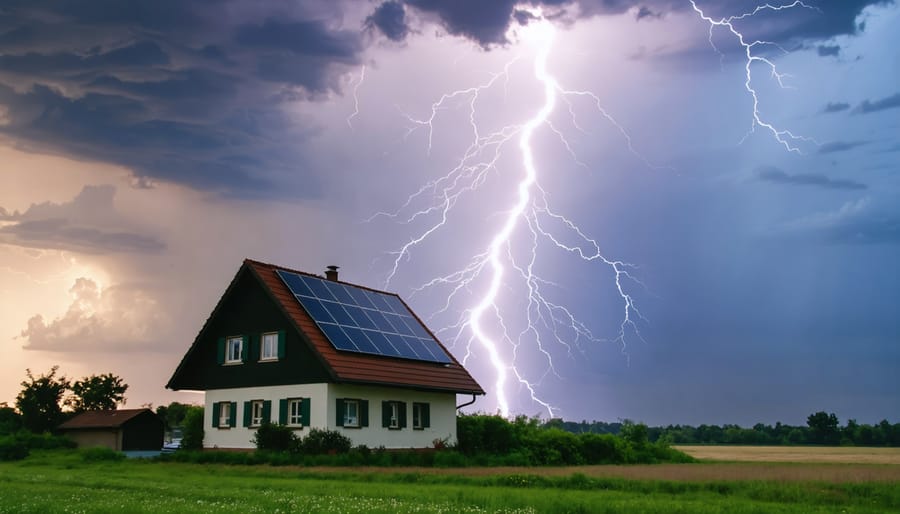
Common Surge Threats to Solar Systems
Solar systems face several significant surge threats that can impact their performance and longevity. Lightning strikes are the most obvious danger, capable of sending powerful surges through both the solar panels and your home’s electrical system. Even nearby strikes can induce damaging voltage spikes in your equipment.
Utility grid fluctuations present another common threat. When power companies switch transmission lines or experience equipment failures, these events can send surges through the grid and into your solar setup. Internal surges from large appliances cycling on and off, especially air conditioners and pool pumps, can also stress your system over time.
Perhaps less known but equally important are solar storms, which can cause geomagnetic disturbances affecting power systems. It’s crucial to protect against solar storms and other atmospheric events that could damage your investment.
Modern solar installations include some basic surge protection, but these built-in safeguards may not defend against all types of surges. Understanding these threats helps homeowners make informed decisions about additional protection measures for their solar investment.
Potential Damage Without Protection
Without proper surge protection, your home’s electrical appliances and sensitive electronics face significant risks from power surges. These sudden voltage spikes can damage or completely destroy expensive items like TVs, computers, smart home devices, and even your HVAC system. A single major surge can potentially cause thousands of dollars in damage within milliseconds.
Modern homes are particularly vulnerable because they typically contain more sophisticated electronics with sensitive microprocessors. Your refrigerator, washing machine, dishwasher, and other smart appliances all have delicate circuit boards that can be irreparably damaged by power fluctuations.
What many homeowners don’t realize is that most surge-related damage occurs gradually through multiple small surges rather than one catastrophic event. These minor power fluctuations slowly degrade your electronics’ components, reducing their lifespan and performance over time.
For solar panel owners, the stakes are even higher. Your inverter and solar equipment represent a substantial investment that needs protection from both external surges and potential internal surges generated by the system itself.
Comparing FPL vs. Alternative Solutions
Alternative Protection Methods
While FPL’s surge protection program offers convenience, several effective alternatives exist for protecting your home and solar investment. Whole-house surge protectors installed by licensed electricians provide comprehensive protection and can be integrated with your existing electrical system. These devices typically cost between $200-$500 plus installation and offer similar or superior protection compared to utility company programs.
Point-of-use surge protectors are another popular option, especially for protecting specific high-value electronics. These plug-in devices are affordable, ranging from $20-$100, and can be strategically placed throughout your home. For enhanced protection, consider combining them with a whole-house system.
For solar system owners, specialized solar surge protection devices (SPDs) can be installed directly at your inverter and solar panels. These devices are specifically designed to protect your renewable energy investment and can be particularly valuable when integrated with an emergency solar power backup system.
Traditional lightning rods remain a reliable option, especially in storm-prone areas. When properly installed, they provide protection against direct lightning strikes, which no surge protector can fully guard against. Many homeowners find that combining multiple protection methods creates the most robust defense against electrical surges and lightning damage.
Cost-Benefit Analysis
When evaluating FPL’s surge protection service, it’s essential to weigh the monthly cost against potential benefits and alternatives. At $9.95 per month, the service amounts to approximately $120 annually. While this might seem significant, replacing surge-damaged electronics and appliances can cost thousands of dollars.
A typical home’s electronics and appliances value often exceeds $15,000. FPL’s surge protection offers coverage up to $5,000 per incident, with no deductible or claim forms required. This straightforward protection can prove invaluable during Florida’s frequent thunderstorms and power fluctuations.
However, consider that quality plug-in surge protectors cost between $20-$100 as a one-time purchase. While these offer localized protection, they don’t safeguard your entire home’s electrical system like FPL’s service does. Whole-home surge protectors installed by electricians typically cost $200-$500 plus installation, requiring periodic replacement every 5-10 years.
The FPL option provides continuous monitoring, professional maintenance, and automatic replacement if the device fails. When factoring in peace of mind, convenient service, and the protection of valuable electronics, the monthly investment often justifies itself – especially in areas prone to electrical storms or grid fluctuations.
Consider your home’s value of electronics, local weather patterns, and existing protection methods when making your decision. For many Florida homeowners, the comprehensive coverage and hassle-free service make FPL surge protection a worthwhile investment.
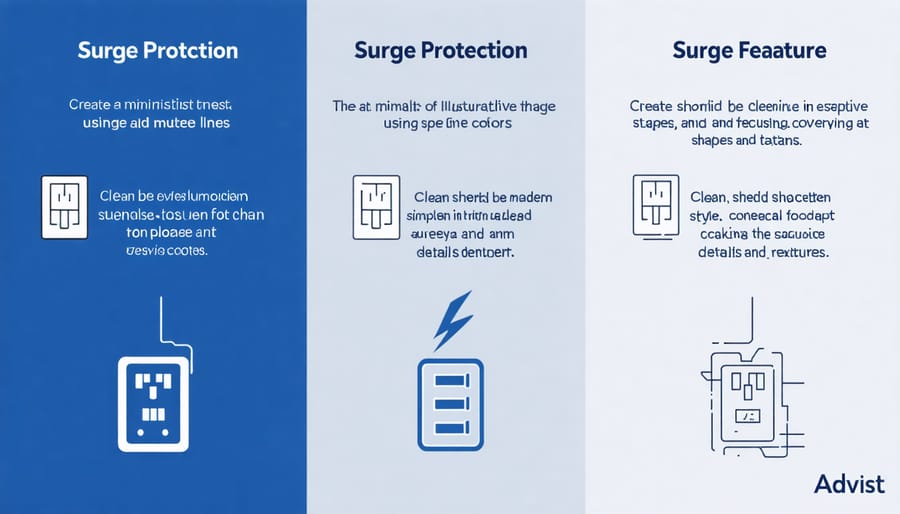
Making the Right Choice for Your Solar System
When deciding on surge protection for your solar system, several key factors deserve careful consideration. First, assess your local weather patterns – areas prone to frequent thunderstorms or lightning strikes may benefit more from comprehensive surge protection. Consider your system’s size and investment value; larger systems with more panels and equipment naturally warrant stronger protection measures.
Your solar inverter’s specifications matter too. While most modern inverters include basic surge protection, understanding their limitations helps determine if additional protection is necessary. Check your warranty terms, as some manufacturers require external surge protection to maintain coverage.
The age of your home’s electrical system plays a crucial role. Older homes might need upgraded electrical panels or additional grounding before installing surge protection. Also, consider the presence of sensitive electronics and appliances in your home that could benefit from whole-house protection.
Budget considerations should include both initial costs and potential savings. While FPL’s surge protection service offers convenience through monthly billing, comparing it with one-time purchase options from reputable manufacturers might reveal better long-term value.
Location-specific factors like proximity to power transformers or large industrial facilities can increase surge risk. If you’re in such an area, enhanced protection might be worthwhile. Additionally, check if your homeowner’s insurance offers coverage for surge-related damages and how surge protection might affect your premiums.
Remember that surge protection is just one component of a comprehensive solar system protection strategy. Consider consulting with a qualified solar professional who can evaluate your specific situation and recommend the most suitable protection options for your setup.
FPL surge protection offers valuable defense for your home’s electrical systems and appliances, but whether it’s worth the investment depends on your specific circumstances. For most homeowners, especially those with sensitive electronics and expensive appliances, the monthly fee of around $10 represents a worthwhile insurance policy against potentially costly damage.
Consider investing in FPL surge protection if you live in an area prone to lightning strikes, own multiple high-value electronics, or have experienced surge-related damages in the past. The convenience of professional installation and maintenance, combined with FPL’s warranty coverage, makes it an attractive option for many homeowners.
However, don’t rely solely on surge protection – implement a layered approach to protect your home. This includes using point-of-use surge protectors for valuable electronics and maintaining proper grounding systems. Remember that while FPL’s solution offers comprehensive protection, you can also explore third-party whole-house surge protectors, which might provide similar benefits at different price points.
The bottom line: For most Florida homeowners, FPL surge protection’s benefits outweigh its costs, offering peace of mind and reliable protection for your electrical investments.

